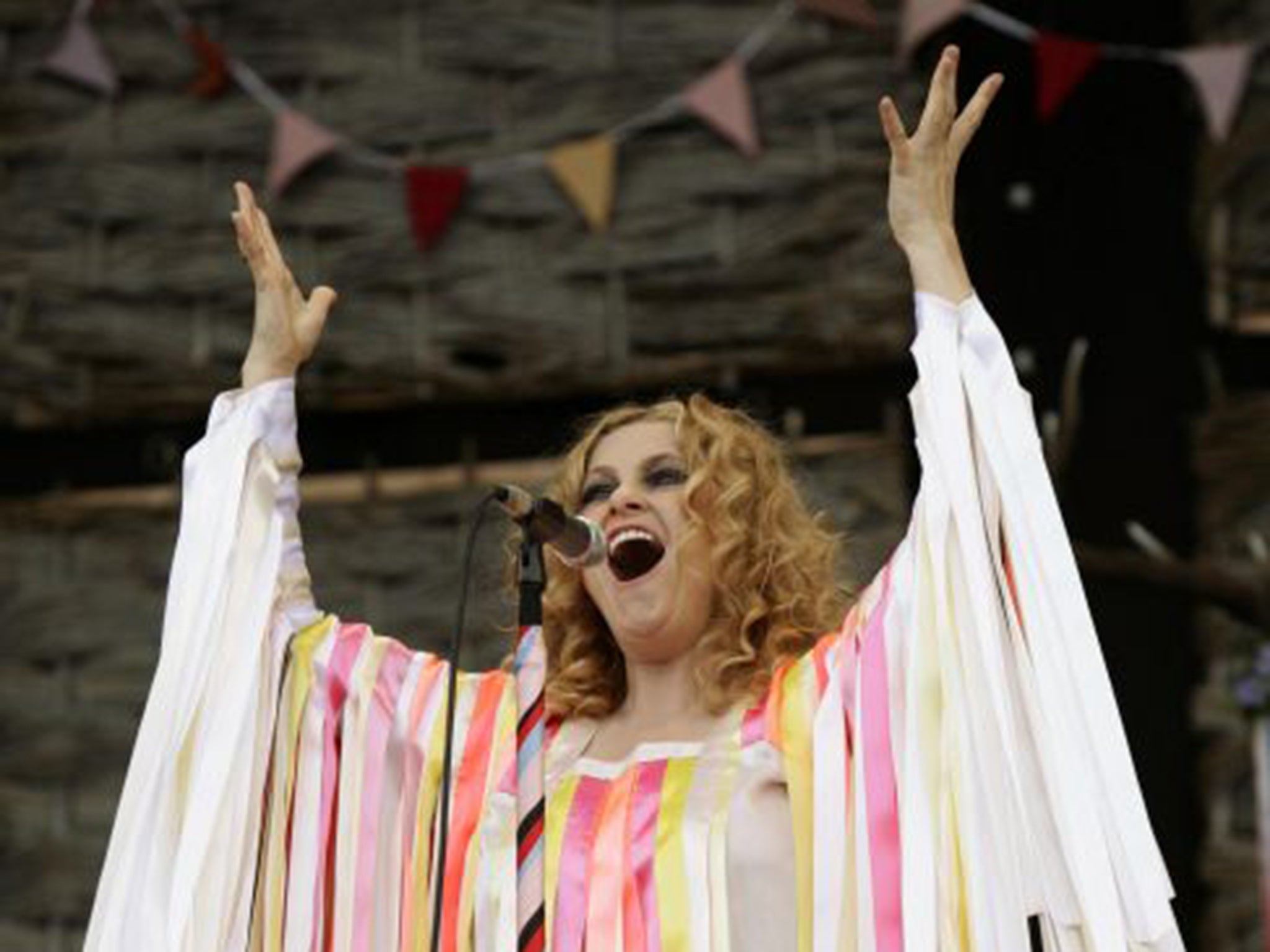Who’s Who: Women make up less than a third of newcomers in latest edition of guide to prominent people
Exclusive: More than 300 women make their debut – but with 1,044 new names, they remain in the minority

A record number of women have been added to the latest edition of Who’s Who, with more than 300 making their debut when it is published on Monday.
The novelist Helen Fielding, singer Alison Goldfrapp, and Hillsborough campaigner Margaret Aspinall are among those who have been included. Nicola Williams, the Service Complaints Commissioner for the Armed Forces, and Justice Lowell Goddard, head of the Independent Inquiry into Child Sexual Abuse, are also among the new names.
But women remain in the minority. Out of the 1,044 newcomers added to the new Who’s Who, only 324 are women – fewer than one in three. This disparity when it comes to gender is in contrast to the claim, in the preface to the 2016 edition, that it contains “all kinds of people”. Who’s Who “recognises distinction and influence,” and “aims to list people who, through their careers, affect the political, economic, scientific and artistic life of the country,” it continues.
About half of the new names added each year are there because of their job. MPs, hereditary peers, senior judges, and high-ranking civil servants are automatically included, as are senior figures in the military, the Church, law, business, politics, Civil Service and local government, the arts, science, medicine and engineering. But others are decided by a selection board, the details of which are kept secret.
Who's Who: The facts
Through 168 years, Who’s Who has been the self-proclaimed guide to the most important people in society. Only upon death are they removed.
The selection process remains surrounded by secrecy, due to fears that they “should not be solicited individually by people wanting to be in the book”, according to Katy McAdam, its publisher.
In the 1970s, The Rolling Stones sent flowers in a bid to persuade the then editor to include them. Although Sir Mick Jagger ultimately succeeded in his quest, being knighted in 2003, his bandmates remain absent.
Certain people, such as MPs and hereditary peers, are automatically included, but most entrants are invited to be in Who’s Who, with only a handful refusing each year.
Around 50 individuals attempt to nominate themselves each year, or are put forward by others.
The size of the book has increased tenfold since the first edition, in 1849, which was 250 pages long. The 2016 edition, with more than 33,000 names, has 2,624 pages.
Jonathan Owen
Women are far less likely than men to be found in the famous guide to prominent people, which has chronicled establishment figures since it was launched in 1849. However, the lack of females in the latest edition has prompted an angry response by equality campaigners.
Sam Smethers, chief executive of The Fawcett Society, said: “The number of women is inching up, but it’s still woefully short of equal representation. This partly reflects a lack of women in leadership positions, but it may also tell us something about the people Who’s Who is looking for. There may also be an unconscious bias towards men.” She added: “It would be great to see Who’s Who setting the standard for others and aiming for 50:50 women and men.”
And Sophie Walker, leader of the Women’s Equality Party, commented: “Whose Who’s Who is this? What cave have they been living in? This is not a list that represents the best and brightest of our country. Women are performing brilliantly across all areas of business, politics and the arts.”
The concerns were echoed by some of those women featuring in Who’s Who for the first time. The book needs to ensure that its selection process is “fit for contemporary purpose, and does not permit an unconscious bias to prevent the inclusion of people who, like myself, do not fit the archetypal mould”, said Christine Murray, editor, of The Architectural Review.
Who’s Who should “modernise its approach for future editions to be able to record and celebrate the many achievements women are making in all walks of modern life”, commented Tasmina Ahmed-Sheikh, SNP MP for Ochil and South Perthshire.
Another new entrant, Jane Wainwright, co-founder of Education Oxford, said: “As a second-wave feminist, I am sad but not astonished that women make up less than a third of Who’s Who entries ... I suspect that most of us took it for granted that by now there would be women in relatively equal proportions in all the top professions, the arts and industry. That it hasn’t happened represents a failure on the part of all of us, both women and men.”
Responding to accusations that it is failing to represent women, Who’s Who’s publisher, Katy McAdam, said: “The Who’s Who team is also frustrated by the stubbornly low number of women in Who’s Who.” She added: “There is no deliberate bias against women, and the breadth of the areas of society we consider for inclusion in the book should mean that women are as well represented as they can be ... the main reason for the gender disparity is the relative lack of women in leadership positions across many areas.”
And Richard Fitzwilliams, former editor of The International Who’s Who, added: “It’s not up to Who’s Who to be politically correct: it reflects what is, not what should be. It has held up a mirror to our society and found it wanting.”
Subscribe to Independent Premium to bookmark this article
Want to bookmark your favourite articles and stories to read or reference later? Start your Independent Premium subscription today.

Join our commenting forum
Join thought-provoking conversations, follow other Independent readers and see their replies